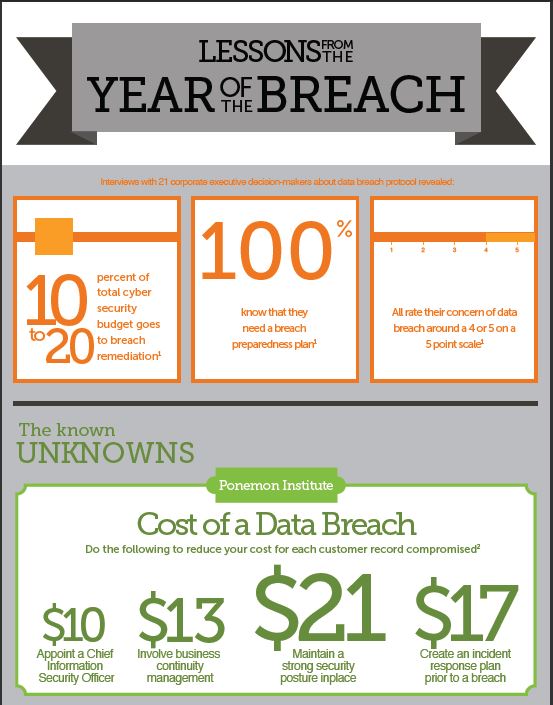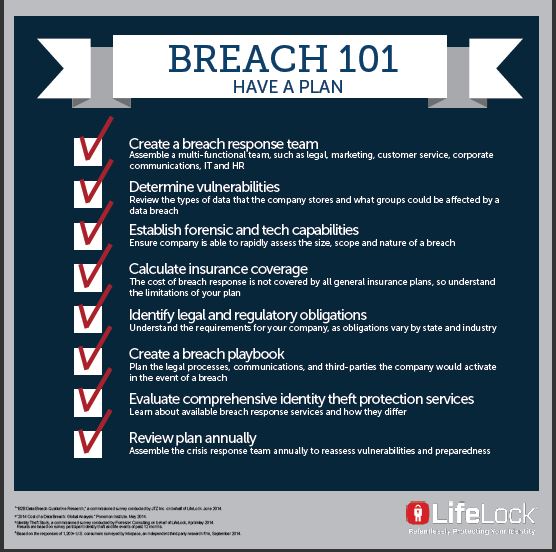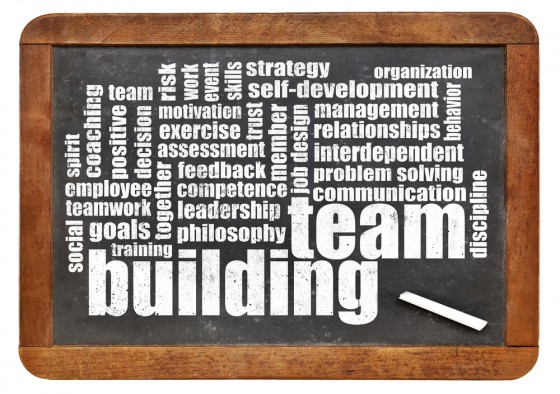HOUSTON—In the words of the well-known rock group REM, “It’s the end of the world as we know it,” at least for the energy sector in the last decade, said Ross Payne, managing director of Wells Fargo Securities and keynote speaker at the IRMI Energy Risk and Insurance Conference here. Since 2009, production in the United States is up 72%, he said. “That’s a phenomenal increase, driven by shale production.”

The huge boon in shale production was the result of technology. “Just sticking one straw into shale was not going to be economic, butwhen you were able to take that drill bit and turn it horizontal, and go out one to two miles horizontally and pop a hole into the ground every hundred yards along that one or two miles, you got enough flow to make that economically an option,” he said. “That’s why, when we broke the technology on that, it did change the world as we know it.
”
Looking at energy from 30,000 feet, he explained that, since the early ’90s, the energy sector has enjoyed “one way pricing,” which was brought about by constricted supplies. The only new technology before developments to extract shale came along was in the deep water offshore arena, “a brand new territory for drilling in the 1980s and ’90s.”
Adding to that was dramatic global growth and demand, primarily from the BRIC countries–Brazil, Russia, India and China–and geopolitical issues such as the Arab Spring and the Iraq war, Payne said.
With high prices, however, “you get substitutions and you get disrupters. Clearly shale has become a disrupter.” What kind of impact has shale had on the industry? “Just since 2011 to 2013, the Energy Information Administration (EIA) doubled their crude basin estimates to 95. There are now 41 countries out there with significant shale assets.
Shale reserves increased 980% in that two year time frame. Currently in the United States, 42% of production is through shale, with crude production around 50%,” he said.
As technology continues to evolve, Payne said, “we are continuing to do a better job of pulling this gas and crude out at a lower price. We are going to get more prolific and drive down costs even further.” Meanwhile, other countries, including China and Russia, are doing the same.
“Shale is the future, it’s the future on a global basis as well,” he said. The country with the largest shale reserves, he noted, is Russia, with the United States in second place. “We’re obviously the largest producer of shale crude, and China is number three.
On the natural gas side, China is number one and the U.S. is number four.”
But how long will crude prices stay low? “We think it’s going to be awhile,” Payne said. “Because of shale, prices will be capped. As prices start to come up, we will see a situation where rigs come back on line very quickly. We think that, as we get into the $65 to $70 per barrel range, a lot of rigs will come back on line,” he said. “At peak, we were at 1,610 crude rigs in the U.S., and if you have 1,610 rigs working in the fields primarily on shale, you will get 1 million barrels of growth year-over-year.” He also does not see prices going much above $80 because of the ability to turn these rigs so quickly, primarily in the U.S.
A poll among energy experts in the audience as to where prices will be by the end of 2015 reached a consensus of $55 to $60 per barrel. Asked whether he believes the Nixon-era ban on exporting oil will be lifted, Payne pointed out that a number of CEOs have been pushing for U.S. exports of crude. “I’m surprised that Obama let LNG [liquefied natural gas] exports materialize as quickly as he did,” he said, adding that the president has allowed for other similar exports as well. However, he warned, “Once we start to export, there could be a knee-jerk reaction from OPEC. We are going to be viewed as a competitor rather than a customer, and they may want to squelch that competitor a bit longer than people’s expectations. So I think there is a danger to doing that, but it could very well move forward.”






